
Sweet heat: Organelle-specific carbohydrate metabolism in heat stress
Plant Science Research WeeklyPlant metabolism varies substantially between developmental stages, cell types, and intracellular environments. Similarly, biochemical responses to abiotic stress often deviate between neighboring cell types, but discerning what is changing where becomes more challenging in smaller and more fragile sub-compartments. …
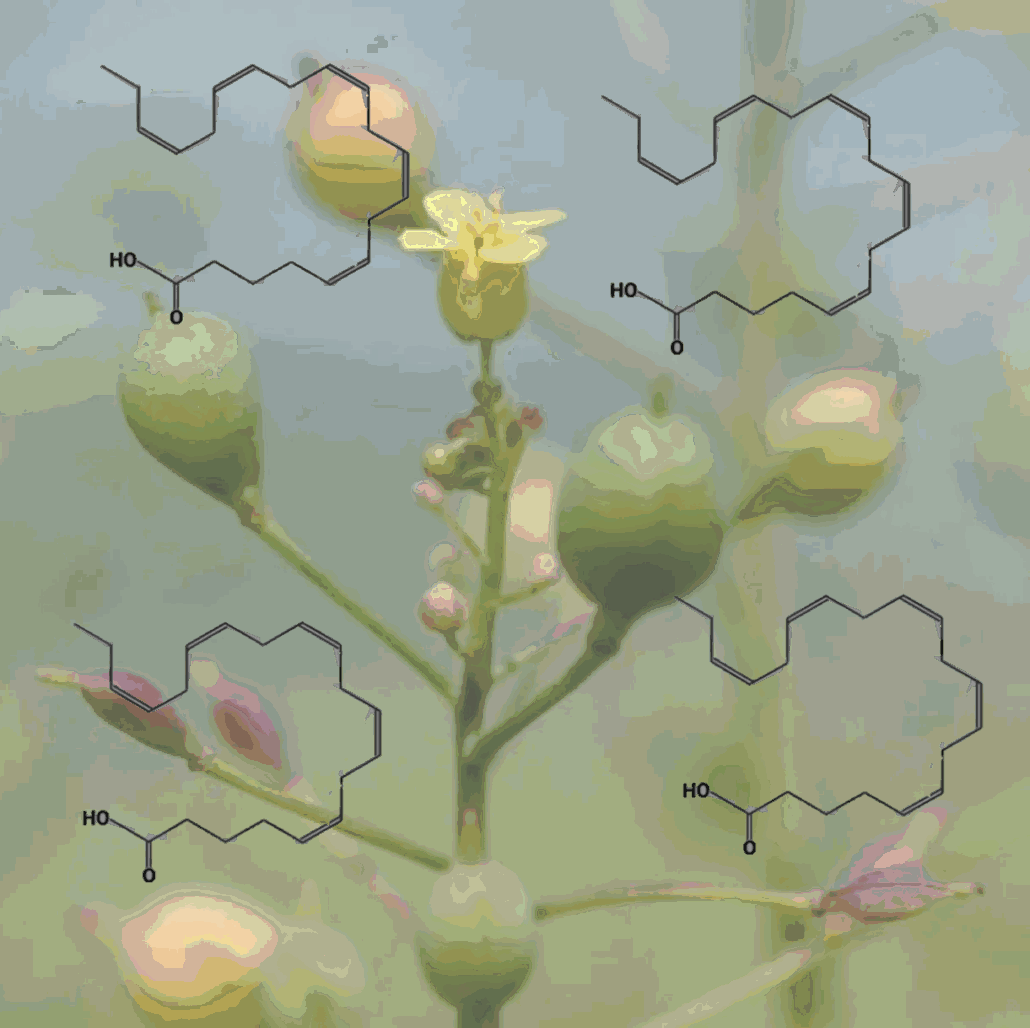
Update: How to eat an idea (and translate genes to products)
Plant Science Research WeeklyPlant biologists are critical players in the pursuit of crop enhancement and other real-world solutions to today’s pressing problems, yet few of us know how to translate our research into tangible economic or social benefits. This useful and engaging article by Jonathan Napier walks us through the…
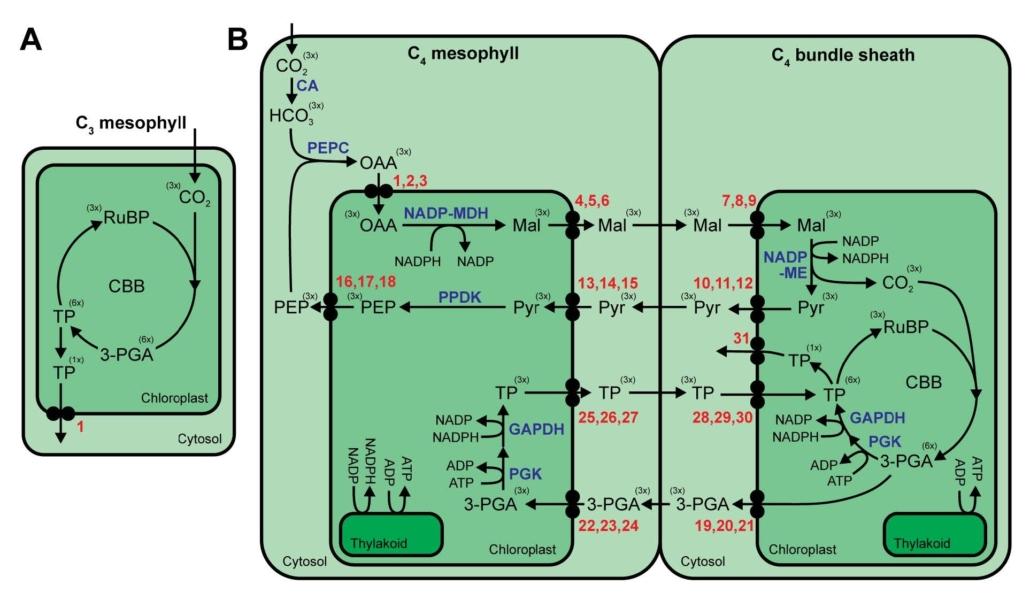
Review: The complexities of metabolite transport in C4 photosynthesis
Plant Science Research WeeklyC4 photosynthesis, an adaptive mechanism to spatially concentrate CO2 around Rubisco to enhance carbon fixation, has evolved independently at least 60 times in plants. This process spatially separates the initial carbon fixation by PEPC and carbon reduction by Rubisco, which requires that compounds move…
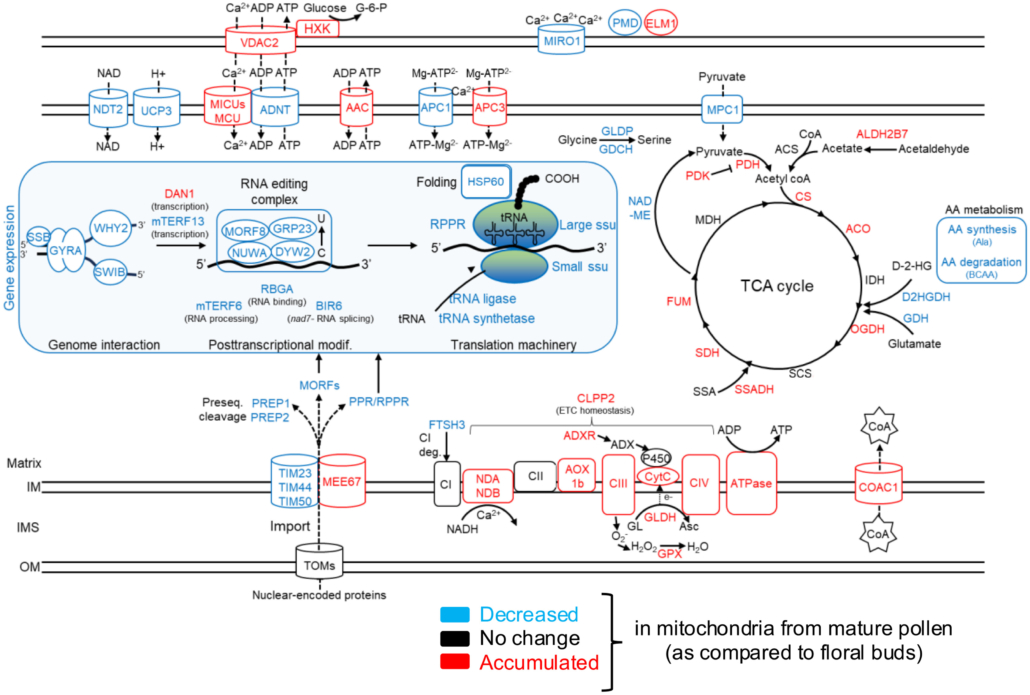
High-energy requiring pollen grains have specialized mitochondria
Plant Science Research WeeklyImagine you’re on a quest to deliver a package, racing against the competition. How do you prepare? Pollen grains and the pollen tubes that they form are essentially package-delivery systems. Their purpose is to deliver genetic information (sperm cell nuclei) to the ovule. Once the task is completed,…
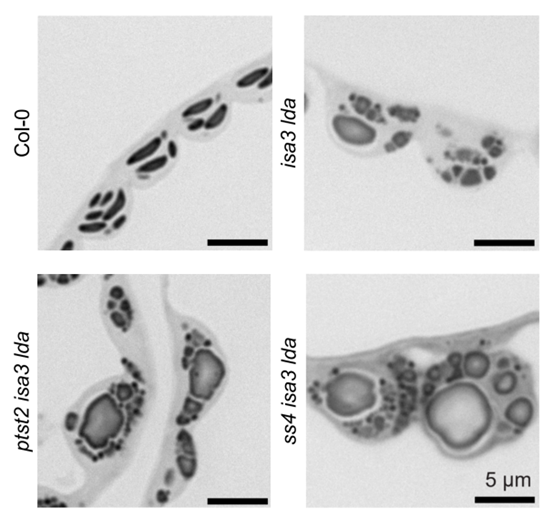
You’ve gotta starch somewhere: Evidence for an alternative starch granule initiation pathway
Plant Science Research WeeklyStarch is the major storage carbohydrate in plants, and in Arabidopsis leaves it forms granules in the chloroplasts to supply energy during the night when photosynthesis is inactive. These semicrystalline granules are made of glucose chains, which can be mostly unbranched (amylose) or highly branched…
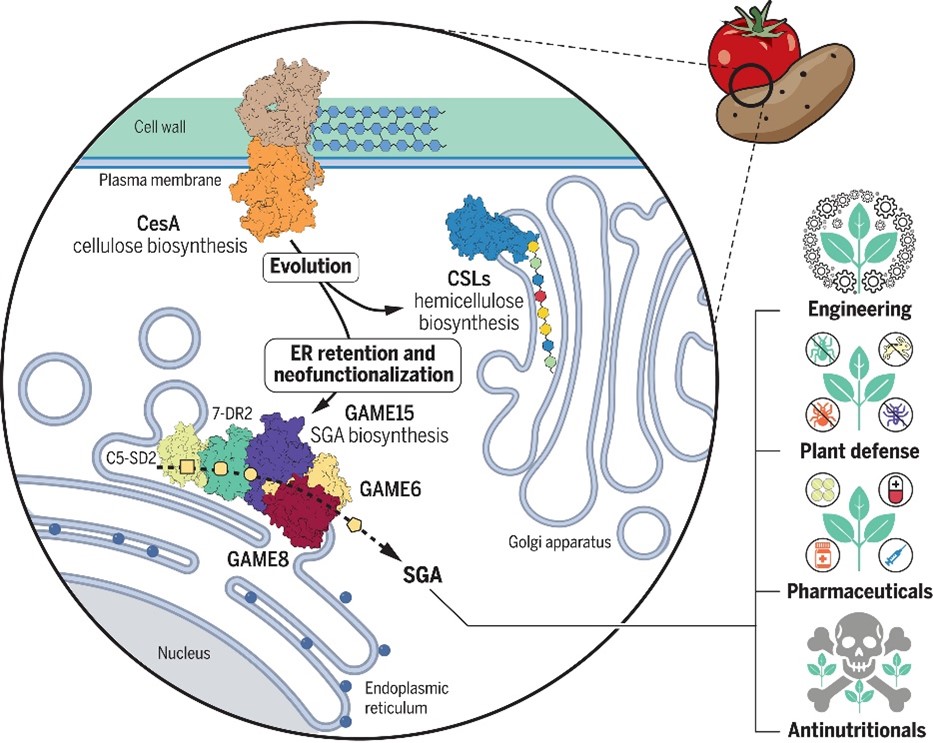
A “GAME” changer in plant secondary metabolism
Plant Science Research WeeklyCholesterol, an essential structural component of membranes and a precursor for steroid hormones, serves as a key metabolite at the interface of primary and secondary metabolism. However, the mechanisms regulating the balance between its diverse downstream metabolic pathways remain poorly understood.…
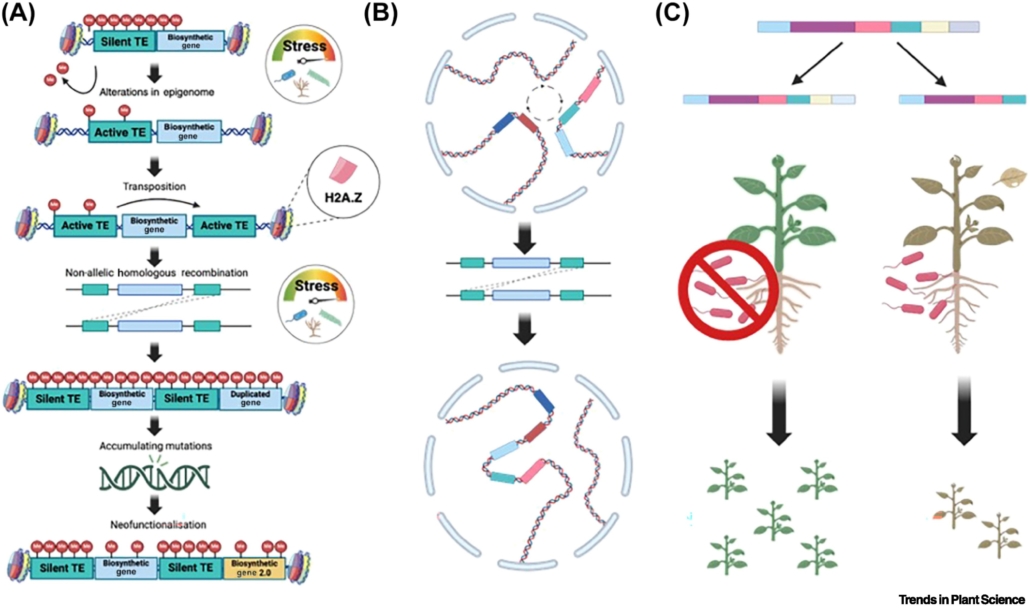
Review. Decoding resilience: Ecology, regulation, and evolution of biosynthetic gene clusters
Plant Science Research WeeklyAlthough clusters of functionally related genes are common in prokaryotes, until recently it was thought that they were not a feature of eukaryotic genomes. However, several studies have identified biosynthetic gene clusters (BGCs) in plants. Many of these gene clusters include sets of enzymes that act…
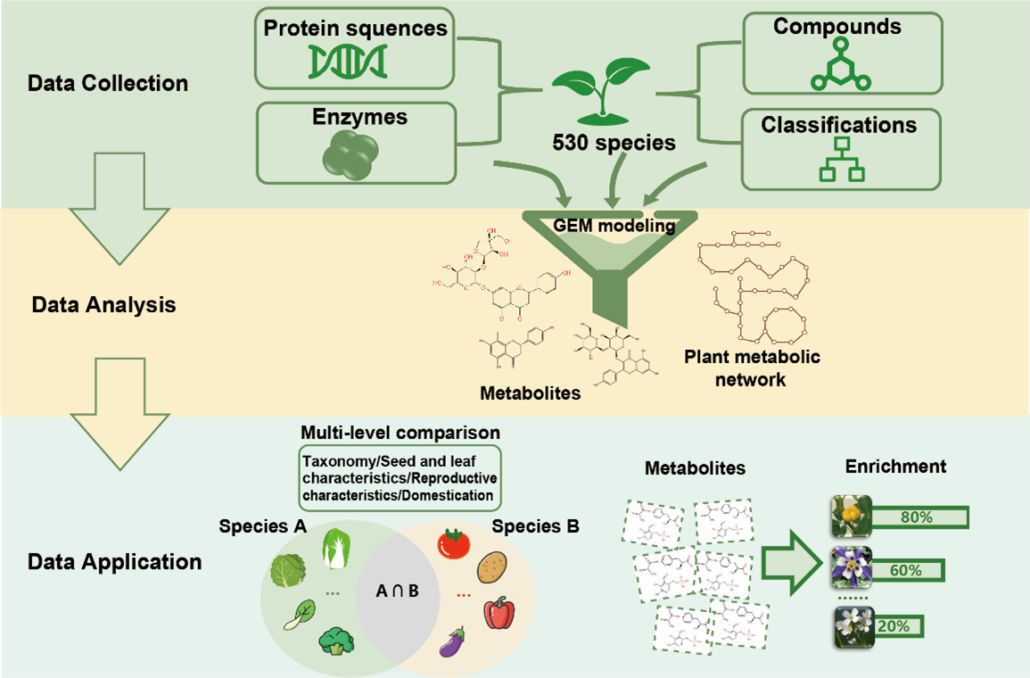
PCMD: an interactive library for comparative metabolomics studies
Plant Science Research WeeklyAlbert Einstein once said, “The only thing that you absolutely have to know is the location of the library.” Libraries house vast troves of information for readers to explore, analyze, and use. With the exponential increase in data, libraries have also evolved into digital databases and online platforms.…
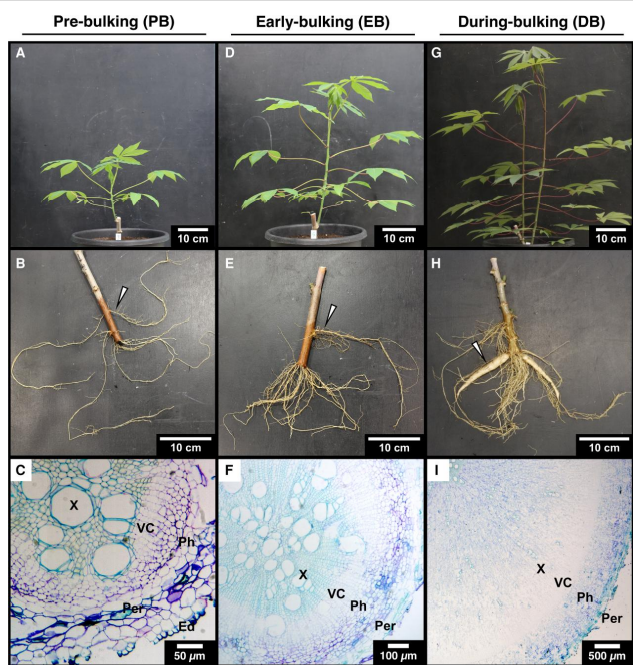
Phloem loading and subcellular transport drive carbon storage in cassava roots
Plant Science Research WeeklyCassava (Manihot esculenta) is a vital starchy crop essential for food security in Sub-Saharan Africa, South America, and Southeast Asia. A recent study on cassava by Rüscher et al. provides important insights into the plant’s sugar control mechanisms as the roots expand, produce large amounts of…

